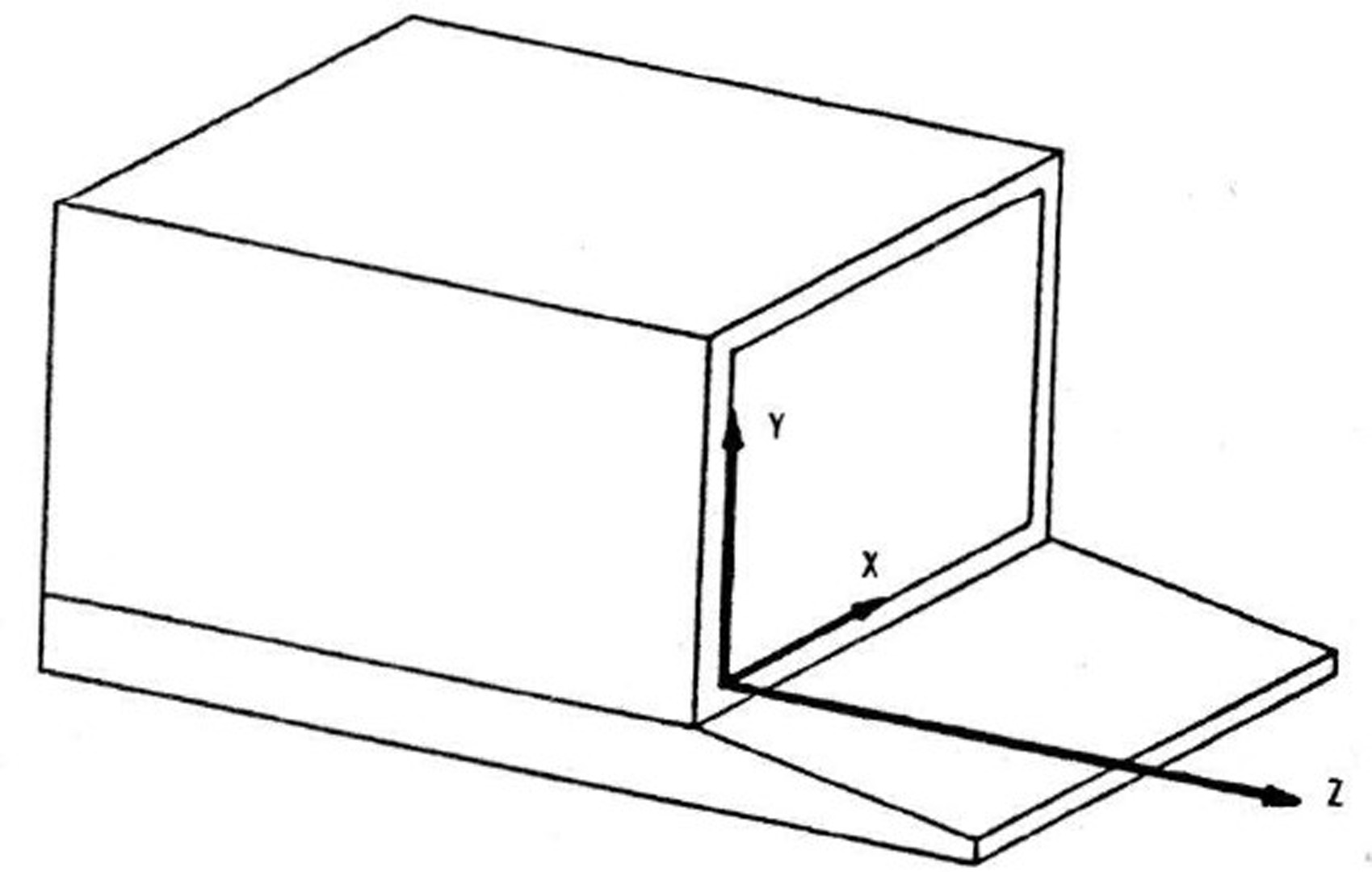“Three-Dimensional Human Display Model” by Potter and Willmert
Conference:
Type(s):
Title:
- Three-Dimensional Human Display Model
Session/Category Title: Biomedical Computing Session
Presenter(s)/Author(s):
Moderator(s):
Abstract:
A two-dimensional computer graphic display of a three-dimensional model depicting a human being is presented. The major body segments of the model are represented as non-uniform elliptic cylinders. The shadow outlines of these cylinders are displayed on the terminal screen and connected by circular arcs and straight lines to produce a realistic representation of a human being in any position.
This human model was developed for the display of results of three-dimensional simulation programs which calculate the positions of an occupant during vehicle impact. However, it is well suited to any other type of human motion. The approach allows the user to select the viewing orientation and was designed for low cost computer and graphic terminal systems.
References:
1. Fleck, J. T., Butler, F. E., and Vogel, S. L., “An Improved Three Dimensional Computer Simulation of Motor Vehicle Crash Victims,” Report No. ZQ-5180-L-1, Calspan Corporation, Buffalo, New York, July 1974.
2. Potter, T. E., “Three Dimensional Human Display Model for Two Dimensional Computer Graphics,” Department of Mechanical and Industrial Engineering, Clarkson College of Technology, Potsdam, N.Y., Report No. MIE-006, 1975.
3. Willmert, K. D., “Occupant Model for Human Motion,” Presented at the Conference on Computer Graphics and Interactive Techniques, Boulder, Colorado, July 1974.
4. Dreyfuss, H., The Measure of Man, Whitney Publications, New York City, New York, 1960.




